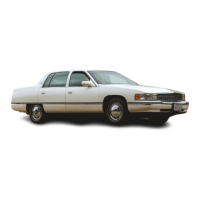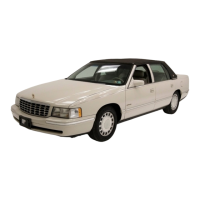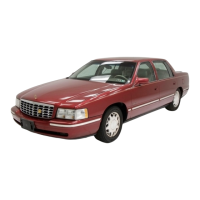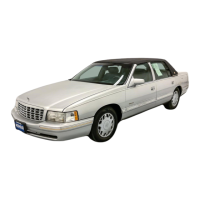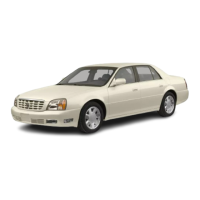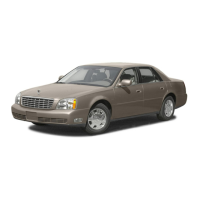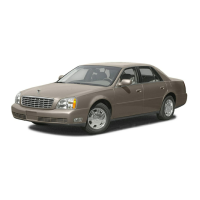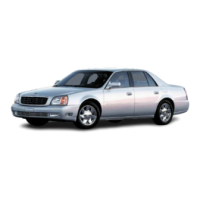c
L
LI
Of
course, traction is reduced when water, snow, ice,
gravel or other material is on the road. For safety, you’ll
want to slow down and adjust your driving
to
these
conditions.
It
is important to slow down on slippery
surfaces because stopping distance will be longer and
vehicle control more limited.
While driving on a surface with reduced traction,
try
your best
to
avoid sudden steering, acceleration or
braking (including engine braking by shifting
to
a lower
gear).
Any
sudden changes could cause the tires to
slide.
You
may
not
realize the surface is slippery until
your vehicle is skidding. Learn to recognize warning
clues
--
such
as
enough water, ice or packed snow on
the road
to
make a “mirrored surface”
--
and slow
down when you have any doubt.
Remember: Any anti-lock brake system
(ABS)
helps
avoid only the braking skid.
Driving
at
Night
Night
driving
is more dangerous
than
day driving. One
reason is that some drivers
are
likely
to
be
impaired
--
by
alcohol or
drugs,
with night vision problems or by fatigue.
4-15
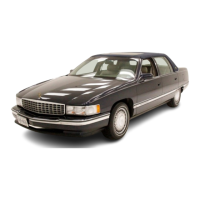
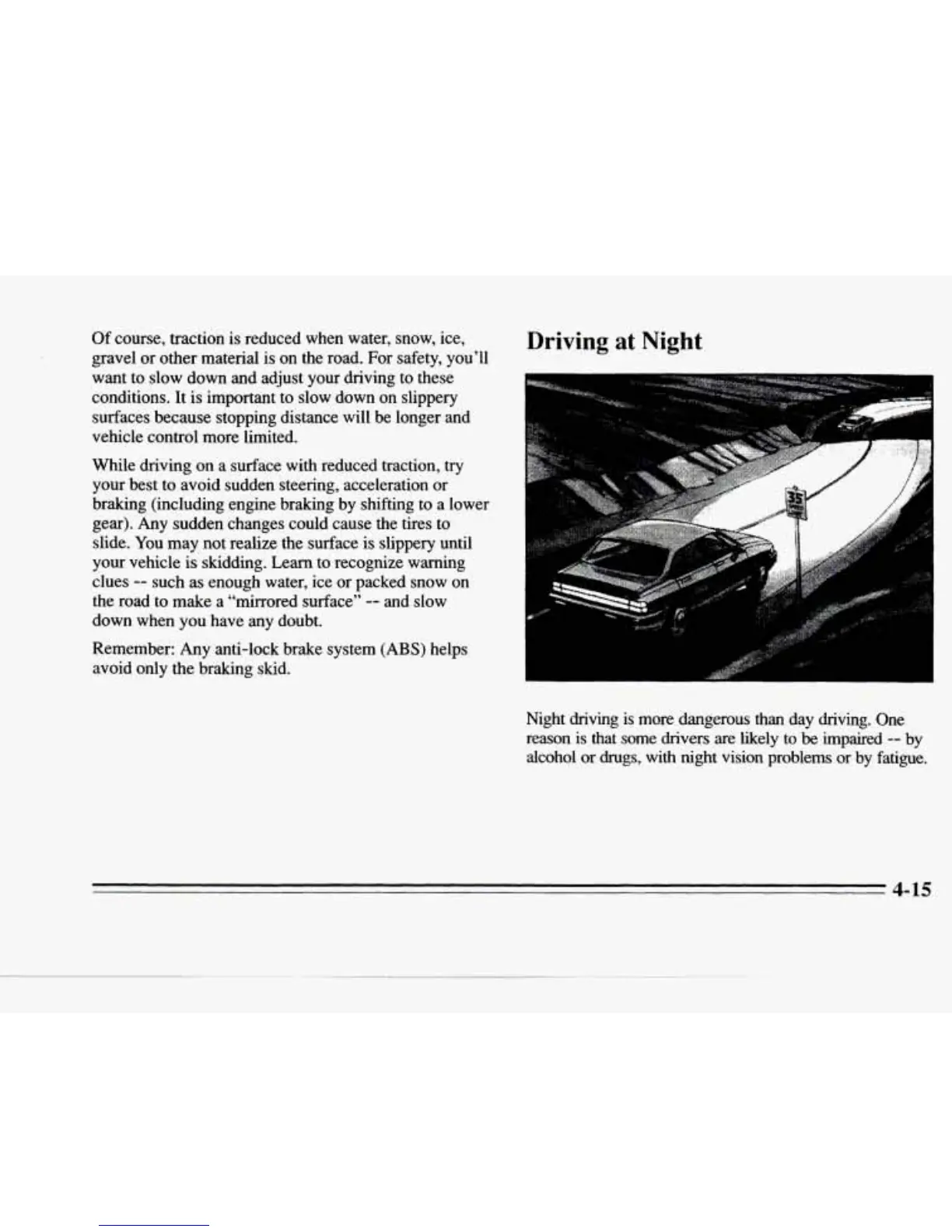